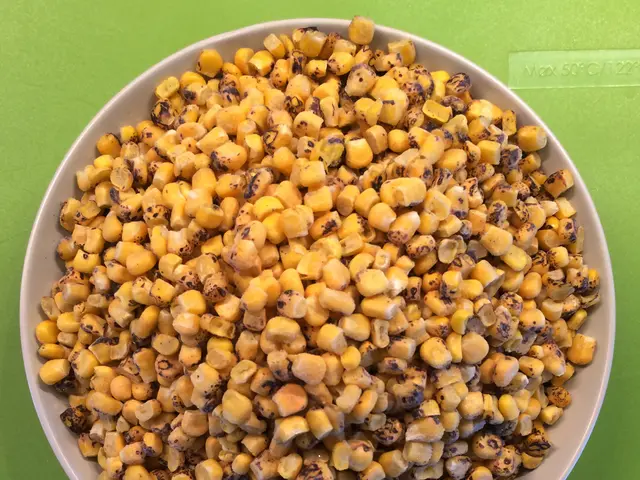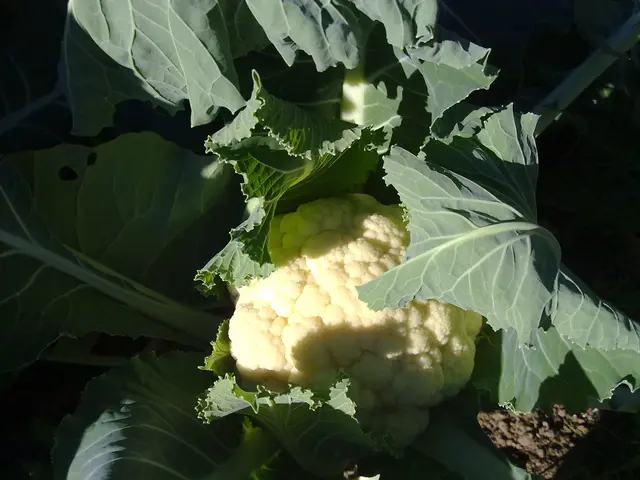Munch on Insects: EU Regulations and the Edible Insect Phenomenon
A nutrient-rich food with exceptional health benefits.
In a surprising shift, the prospect of insects as food might not be a strange notion anymore, not even in Germany. Bred edible insects are already approved as food within certain products in the country, under the watchful eyes of the European Union (EU). Despite some reservations, these creepy-crawlies have made their way into our pantries under the Novel Food Regulation.
Here's the lowdown on this, as you munch that sandwich, did you know a bug or two might be part of its ingredients? The Novel Food Regulation requires insect producers to apply for approval for each insect they wish to bring to market. The European Food Safety Authority (EFSA) evaluates these applications, determining the appropriate designation, form, and quantity for consumption.
As of now, the EU has given a green light to four insects. In 2021, the dried, yellow mealworm became the first crawler to grace our tables. Following suit were the desert locust and the house cricket, which can be consumed frozen, dried, and pulverized. Since January 2023, the grain weevil, also known as the buffalo worm, has joined the list, appearing in various forms like frozen, paste-like, dried, or powdered.
Interestingly, out of over 2,100 edible insects globally, most are beetle larvae. Health professionals view these creatures as a nutritional powerhouse, containing valuable nutrients like omega-3 and omega-6 fatty acids, B vitamins, calcium, and trace elements. Additionally, they offer a similar amount of protein as beef, pork, or turkey.
In certain foods, up to ten percent of insect powder is allowed. Alas, these components must be clearly and understandably disclosed in the list of ingredients. Furthermore, allergies to crustaceans, mollusks, and dust mites must be warned against. You'll encounter these six-legged friends under their Latin names: Tenebrio molitor (mealworm), Locusta migratoria (desert locust), Acheta domesticus (house cricket), and Alphitobius diaperinus (buffalo worm/grain weevil).
In many foreign lands, edible insects are a daily delight, or offered as a gourmet treat. For instance, "Chapulines" (grasshoppers) and garlic-cooked ant larvae make a popular snack in Mexico, while the Japanese enjoy cooked wasp larvae as a delicacy. Closer to home, though, regulations are yet to be established for keeping insects, leaving questions unanswered about humane killing methods. Some argue that researchers haven't comprehensively shed light on insects' pain perception yet.
As you ponder these tiny morsels, take a moment to appreciate that the EU aims to maintain a balance between consumer safety and the potential benefits of insect-based food products. The future of insect consumption in the EU may witness significant growth, driven by the demand for sustainable protein sources and the expanding popularity of insect-derived products in food and beverages. Keep an eye out for these little critters at your local grocery store!
- In the realm of health-and-wellness, edible insects are now being recognized for their nutritional value, boasting essential nutrients such as omega-3 and omega-6 fatty acids, B vitamins, calcium, and trace elements.
- With the European Union's regulations enabling the inclusion of insects like mealworms and grasshoppers in food-and-drink products, the lifestyle industry is poised to embrace a new wave of sustainable, proteins sourced from health-and-wellness-boosting insects.








